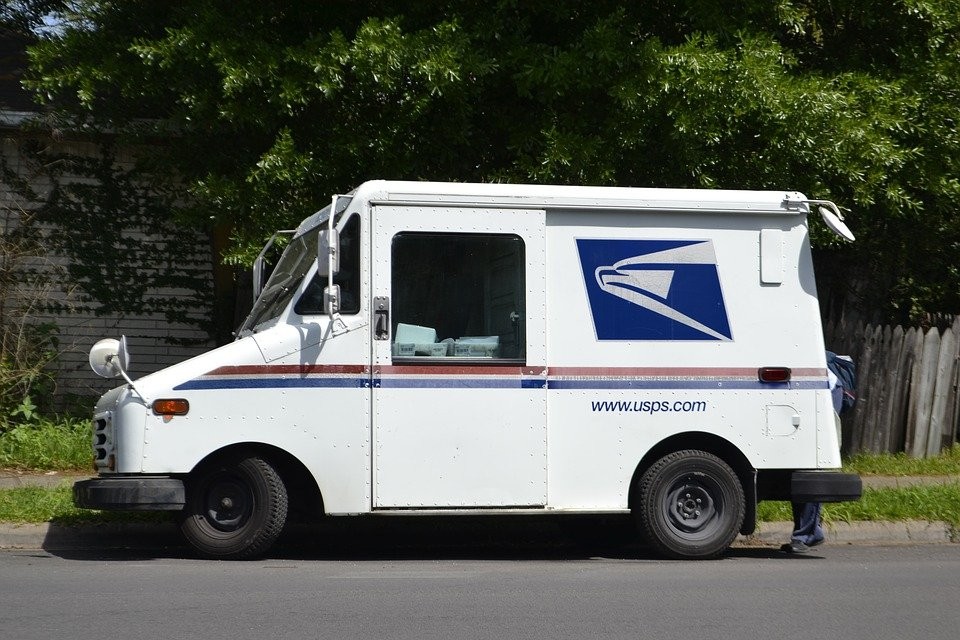The USPS Just Made A Controversial Decision About Its Delivery Vehicles
A decision the USPS made about its delivery trucks could severely harm the environment.
This article is more than 2 years old

The USPS had to make a rather important yet contentious decision last year (2021) in February. The decision required choosing when and how to replace its fleet of outdated and inefficient postal trucks. Ultimately, it was decided that a new fleet was needed and that it needed to consist of modern, inefficient diesel mail trucks instead of electric vehicles.
It’s reasonable to think that the USPS would decide to switch to all-electric vehicles. Why?: Simply for the fact that vehicles using electricity as a primary power source are perfect for the great majority of USPS delivery routes. However, when the new fleet purchase was made, only 10% of the intended order would be electric cars and trucks.
The US Environmental Protection Agency isn’t pleased with the choice made by the USPS. The White House Council on Environmental Quality also showed strong signs of disappointment when it slammed the decision and even went so far as to accuse the Postal Service of failing to fully analyze the environmental implications of its decision, as the law mandates.
It was just this past week that the USPS showcased its final decision regarding the Next Generation Delivery Vehicle purchase. During the presentation of the decision, it was dually noted among anyone concerned about climate change or air pollution that the USPS was not nearly as concerned or worried. Based on the mathematics of the whole situation, it appears that 50,000-165,000 NGDVs will be ordered, with 90% of them being gasoline-powered.

Since going public with the decision, the EPA recommended a public hearing. By having the hearing, the USPS would be provided with a unique opportunity to establish fresh, public communication regarding the matter. Although such a hearing could help the postal system in many ways, USPS has now rejected the EPA’s demands. But why? It’s primarily because even if the EPA disagrees with the Postal Service’s final choice, it doesn’t alter the reasonableness of the Postal Service’s analyses and assumptions. It also doesn’t change the fact that the USPS gathered its data for making the choice from credible sources. The USPS has rejected the possibility of purchasing an off-the-shelf alternative, like an e-Transit van, in addition to rejecting the pubic hearing demands.
Converting to all-electric vehicles in the USPS would benefit Americans’ health while curbing climate change at the same time. And from a fiscal standpoint, particularly a long-term one, going electric just makes more sense. Even USPS private-sector competitors have already made comparable investments.
Tailpipe pollution, in addition to warming the earth, has the potential to lead to serious health repercussions for those who breathe in the fumes. Mail trucks pass through nearly every neighborhood in the country and frequently stop in residential areas. As they make idle stops, this releases emissions into the air. Much of the time, the localized consequences of the stops become all the more severe because they aren’t distributed evenly; this is especially seen in areas with poor air quality, particularly in low-income communities of color. This means when and if the USPS will switch from filthy mail trucks to electric transportation, it could greatly help the stressed and neglected groups in particular.
It is hoped that the USPS will start making better choices regarding the vehicles it uses to deliver mail. Until then, to describe the current vehicles of the agency as “clunkers” would be a huge understatement. Many of the vehicles are decades old. Even worse, many of them have obtained notoriety for lacking airbags and air conditioning. And don’t forget they have a dangerous proclivity for catching fire.





